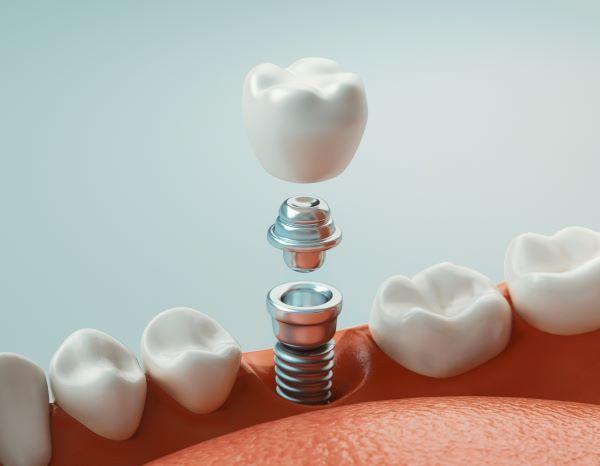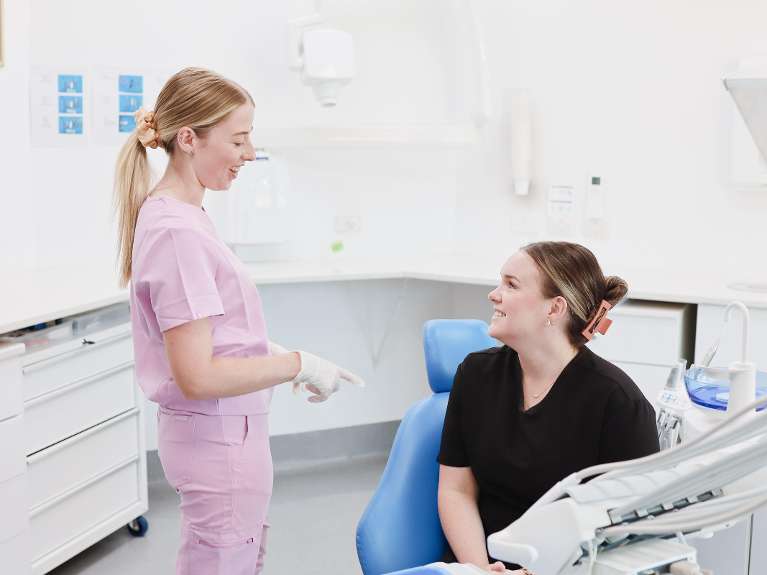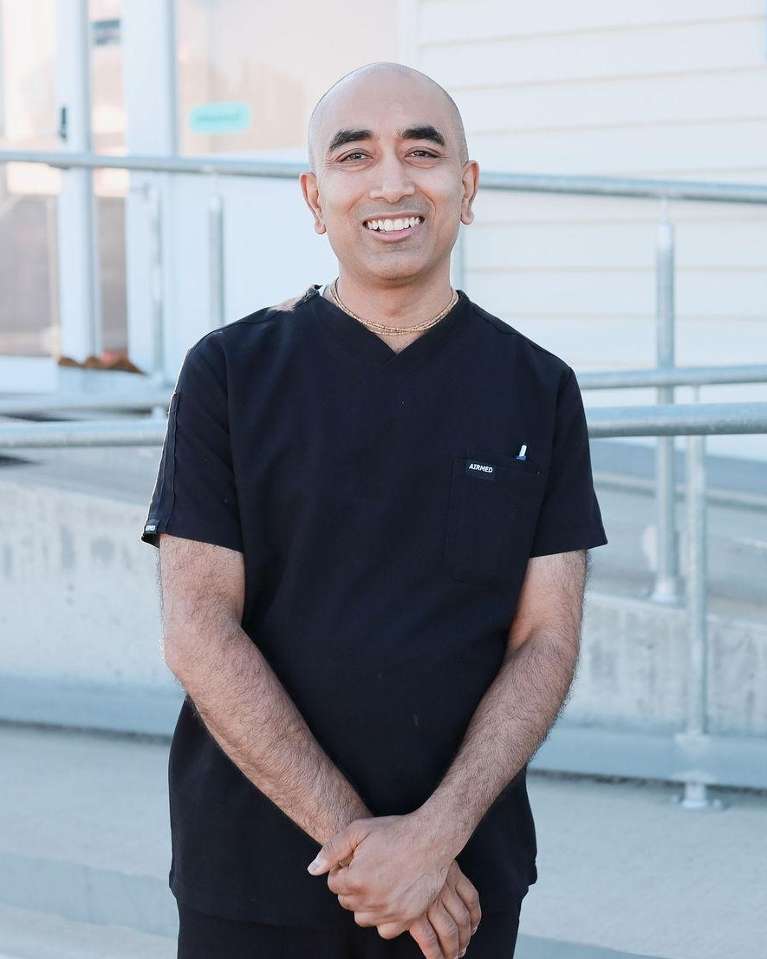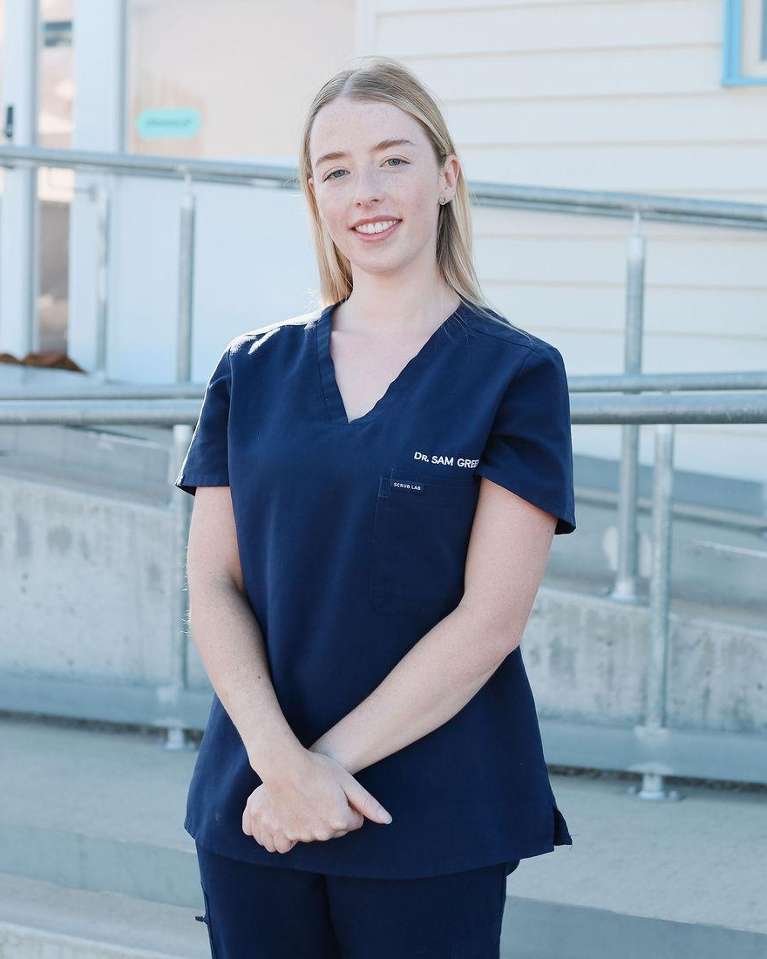Dental Implants in White Hills
Dental implants from Whitehills Dental Practice give you a second chance to reclaim your self-confidence and enjoy life to the fullest. If you are missing one, several or all of your teeth, we can form a treatment plan suited to your lifestyle and smile goals.
Unlike other tooth replacement options, dental implants replace your entire tooth, including the lost roots.
What Is a Dental Implant?
A dental implant consists of three parts:
- Implant post — We will surgically place a titanium post into your jawbone to provide a stable foundation for your dental restoration.
- Abutment — This connector is placed onto the implant to connect it to the dental restoration.
- Restoration — The final part of the implant process involves placing a dental crown, bridge or denture to complete your smile.
Our Implant Offerings at Whitehills Dental Practice
At Whitehills Dental Practice, we offer a wide range of dental implants for your tooth replacement needs, including:
- Single-tooth implants — We can replace a single missing tooth with a dental crown.
- Implant-supported bridges or dentures — We can replace two missing teeth with a dental bridge or several missing teeth with an implant-supported partial denture.
- All-on-x implants — We can replace an entire upper or lower arch by strategically placing several implants.


 Many patients wonder if dental implants are a good option for their smiles; we understand it’s a big decision and that you’ll have questions about the implant treatment process. Rest assured, our experienced dental team can put your mind at ease and give you all the information you need.
Many patients wonder if dental implants are a good option for their smiles; we understand it’s a big decision and that you’ll have questions about the implant treatment process. Rest assured, our experienced dental team can put your mind at ease and give you all the information you need.

